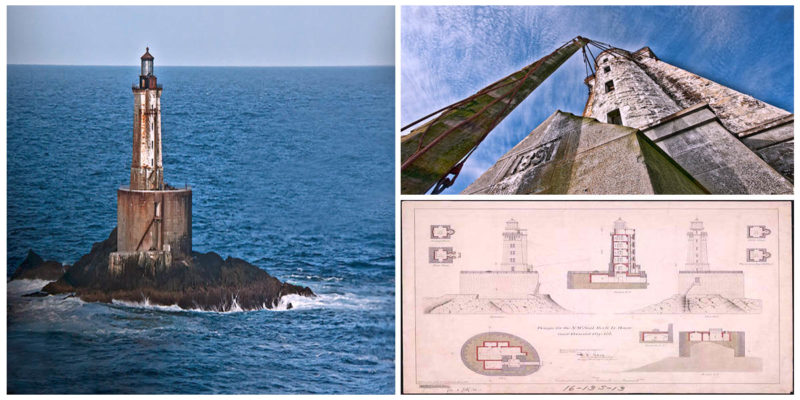Judging by the names alone (St George, Brother Jonathan, Dragon), one might think that this story played out in biblical times. The truth is that St George is an ancient reef standing about 12 kilometers north-west of Crescent City.
“Dragon” is the nickname given to these same rocks (among which is St George) by Captain Francis Drake. Brother Jonathan, on the other hand, is the name of a side-wheeler (a type of steamboat) that collided with the Dragon in on July 30, 1865, and sunk in the water of the Pacific Ocean.
Tragically, 205 people died that day. This was the tipping point. The loss of hundreds of lives was the catalyst for building a lighthouse to provide safe passage for ships passing through that area. But the wounds of the Civil War were still fresh and the funds for its construction were scarce.
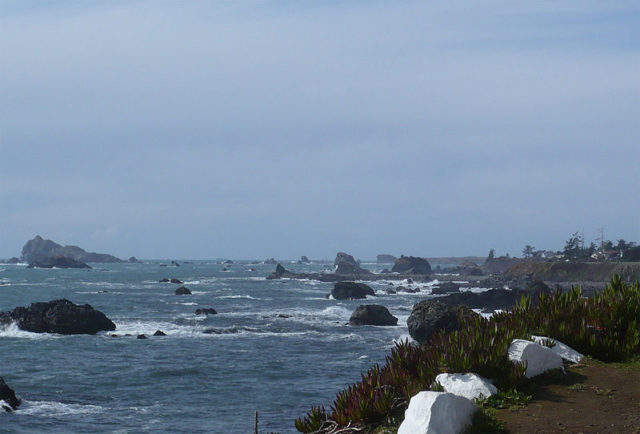
Congress decided that Tillamook Rock Lighthouse was a priority and upon its construction, it was decided that building another lighthouse was possible. $50,000 was allocated to the project and a survey was done which helped with the construction itself.
Then, in 1883, another $100,000 dollars was given for the construction of the lighthouse. The building of a wave-washed lighthouse is always a challenge for the ocean is a constant threat.
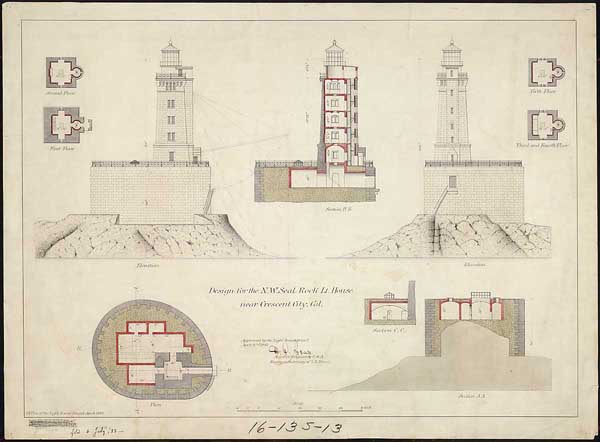
The first thing that needed to be done to prepare for construction was to level the rock using explosives. Construction time was limited to summer and spring by the difficult weather conditions in the Pacific.
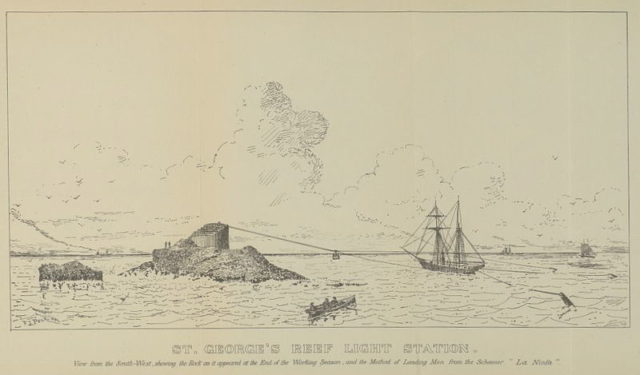
The granite that was used for the construction was quarried from the so-called Mad River Quarry. After winter, work resumed in 1884. But things took a different turn during the following years. For example, the requested $150,000 was reduced to $30,000.
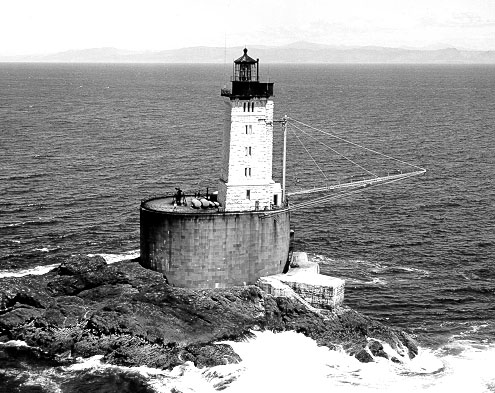
The following year, 1885, they only received $40,000 and in 1886, they did not receive a single dollar. During this period, the work went sluggishly and was limited only to quarrying the stone and doing small fixes at the construction site.
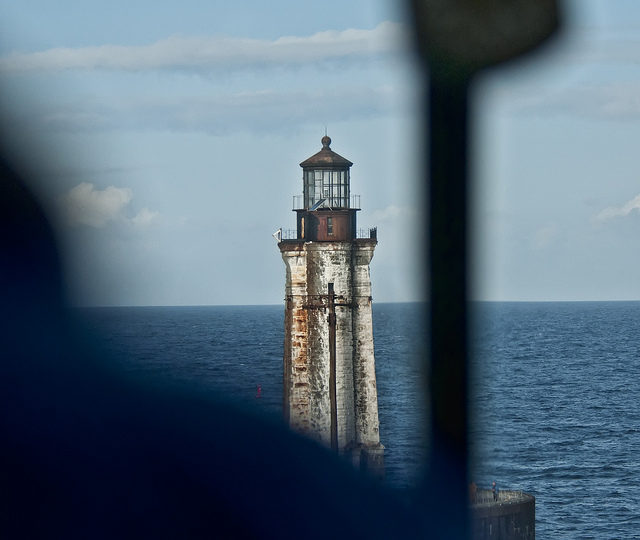
“It would be difficult to point out more clearly than has already been done, the uselessness of beginning construction without money enough to push to the uttermost this difficult work during the short favorable season,” wrote the District Engineer in his report.
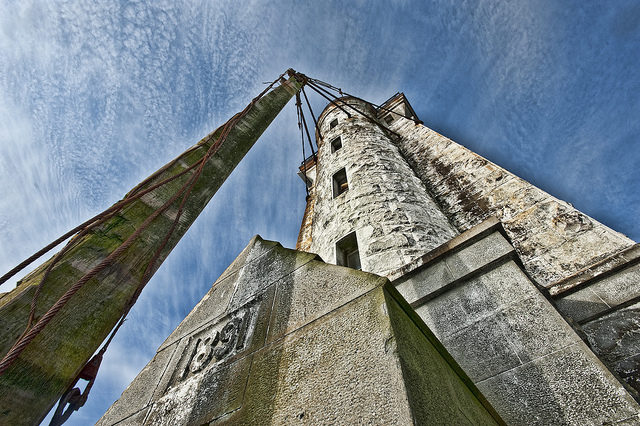
One year later in 1887, the workers received 120,000 dollars and the work resumed. But nonetheless, damage done during the winter inevitably had to be repaired. By 1890, the total cost for the lighthouse had reached a sum of $720,000 ($18 million with inflation adjusted for 2017).
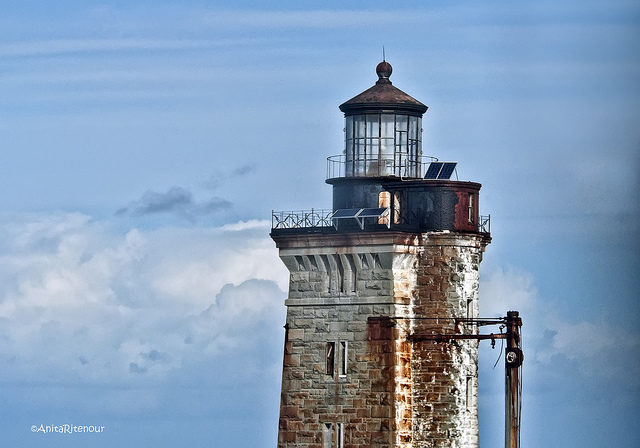
The process of constructing this lighthouse went relatively well, given the difficult working conditions on the wave-washed island. It was officially illuminated in 1892, October the 20th. Once completed it rose over 40 meters above the Pacific Ocean.
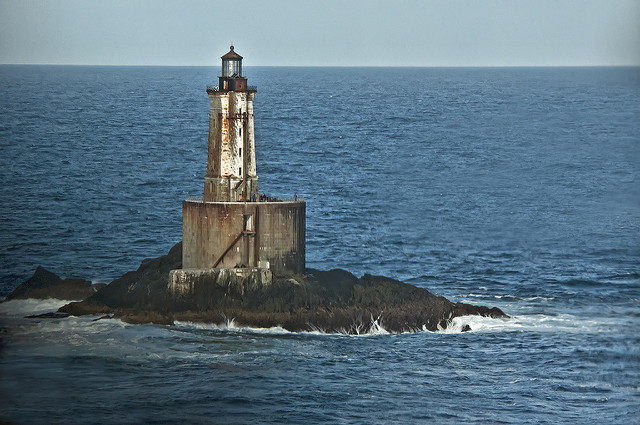
Maintaining the St. George Reef Lighthouse was a pure test of courage and skill, for the waters of the Pacific in that area are exceptionally rough. For example, during construction, some of the workers died on site, while others quit their jobs rather than continue working there.
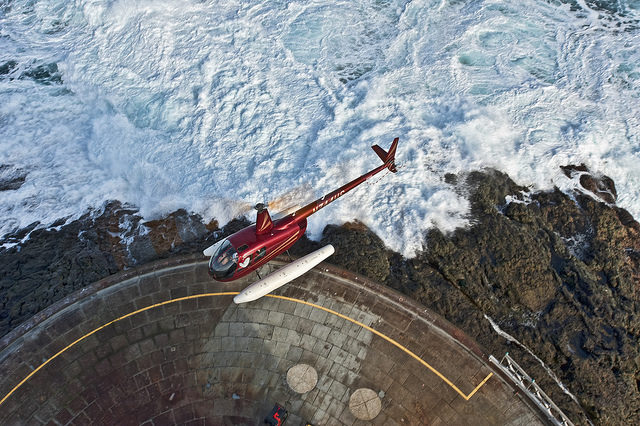
In 1952, there was a storm so severe that produced waves as tall as the lighthouse itself that smashed all the windows in the tower and flooded the staircase.
It was decommissioned in 1975 and replaced with a buoy. The lens that was used was taken out in 1983 and put on display at the Del Norte County Historical Museum. In 1996, some restoration work was started in order to preserve this rare piece of architecture.
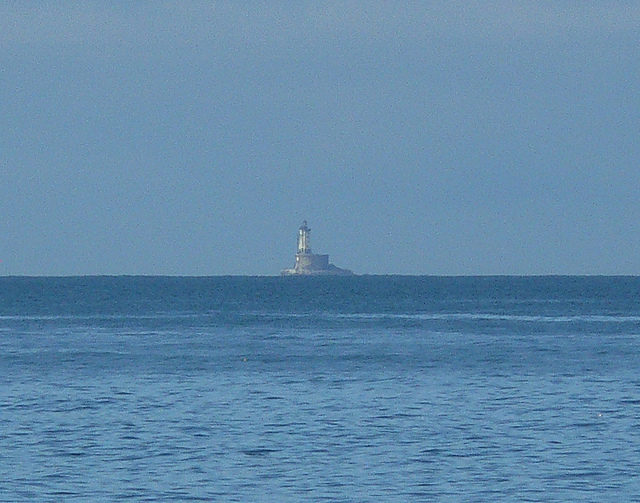
As a final goodbye, James W. Sebastian (Chief Petty Officer) wrote the following in the lighthouse logbook, “Cut from the soul of our country, you have valiantly earned your place in American history. In your passing, the era of the lonely sea sentinel has truly ended. May Mother Nature show you mercy. You have been abandoned, but never will you be forgotten. Farewell, St. George Reef Light.”
